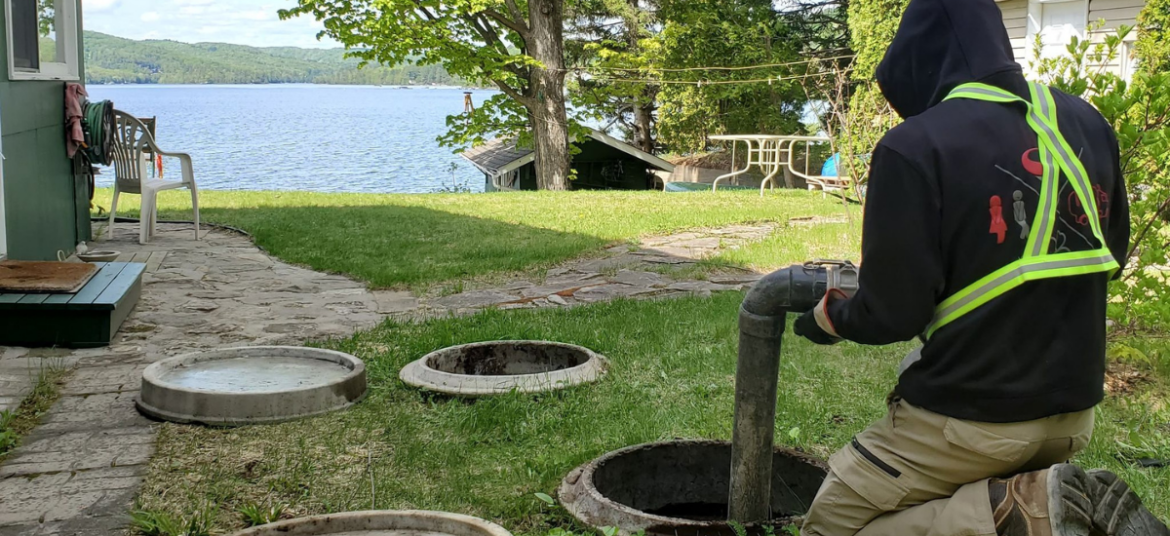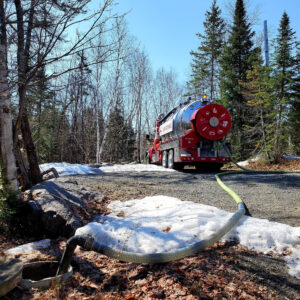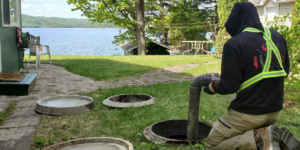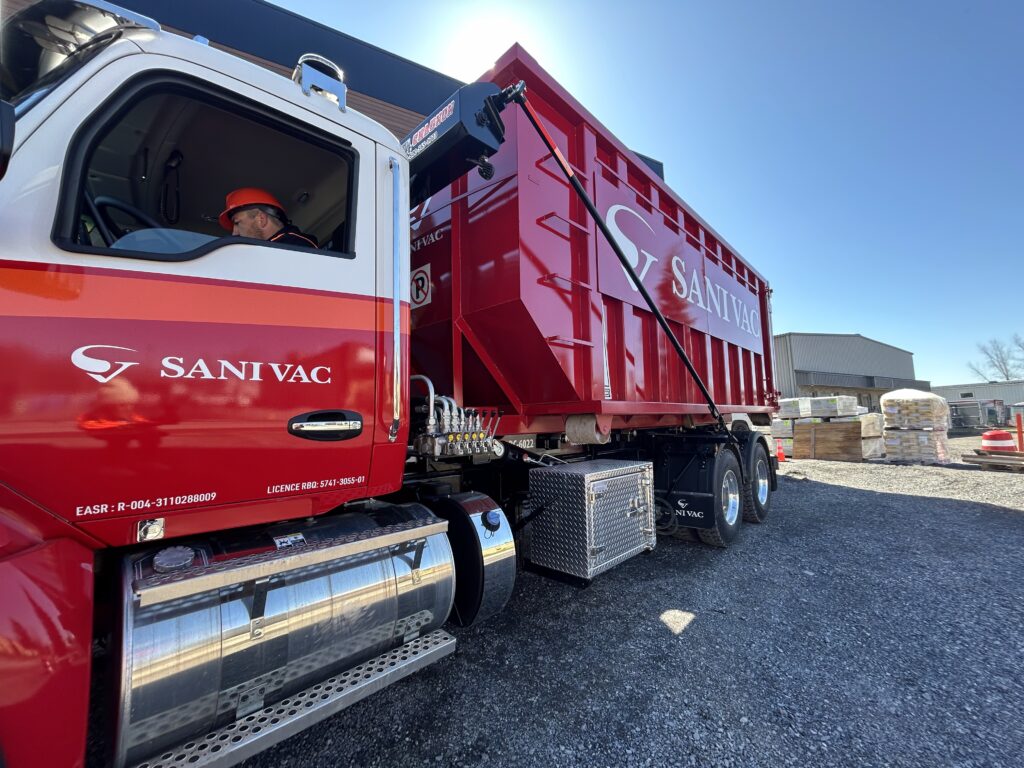A blocked septic tank can lead to numerous issues, such as bad odors, strange noises, and even toilet overflows. It’s crucial to be alert to signs of malfunction, as a septic tank is more fragile than the municipal sewer system. As soon as you notice a problem, it’s essential to act quickly to avoid costly repairs.
How a Septic Tank Works
A septic tank filters wastewater from your home. Solid matter settles at the bottom, oils and grease float to the surface and form a scum layer, while water remains in the middle. A natural bacterial flora in the tank decontaminates the water before it flows to the drainage field.
Signs of a Blocked Septic Tank
- Slow Water Drainage: If water drains slowly from sinks, showers, or toilets, it could indicate an issue with your septic tank.
- Bad Odors: Unpleasant smells inside or outside the house can signal a malfunction.
- Water Accumulation Near the Tank: Puddles of water around the septic tank are another indicator of a problem.
- Unusual Noises in the Pipes: Strange noises may be a sign of blockages or malfunctions.
- Blocked Pipes: If a pipe is clogged, it could be a sign of a blockage in your septic tank.
- Sewage Backup in the House: If sewage backs up into your home, it’s a clear sign of a serious issue.
Causes of a Blockage
Blockages can be caused by:
- An object obstructing the pipes
- Buildup of sludge in the pipes
- Issues with the tank’s operation or sizing
- Excessive use of chemicals or antibiotics
Solutions for a Blocked Septic Tank
Initial Checks
- Check the Solid Levels: Use a stick to measure the amount of sludge. If it exceeds 50% of the tank, it’s time to empty it.
- Clean the Prefilter: It’s essential to keep the prefilter clean to ensure proper operation.
- Inspect the Drainage Field: Make sure it’s not clogged.
- Examine the Pipes: Test each faucet and flush to locate the blockage.
Unclogging Attempts
- Clogged Prefilter: Regularly clean it to avoid residue buildup.
- Blocked Inlet or Outlet Pipe: Use a hose or a pressure machine to clear the blockages.
- Full Septic Tank: If it’s full, contact a professional to have it pumped.
- Full Grease Trap: Clean it every six months to prevent obstructions.
Blockages in a Septic Tank
Blockages in a septic tank can occur in various places, from your pipes to the tank itself. It’s crucial to correctly identify the source of the problem before attempting to resolve it. For any additional help, our team at Sanivac is available to offer you an appropriate solution.
Trust Sanivac for Your Septic Tank Pumping
Regular maintenance of your septic tank is essential to prolong its lifespan. Cleaning the prefilter and pumping the septic tank are key elements to ensure the proper functioning of your system. Sanivac is your best ally for advice on preventive maintenance and pump-outs. To learn more about our septic tank pumping services, visit our service page!
Sanivac and Soluo
Sanivac does not offer inspections or install septic tanks. We specialize in the maintenance and pumping of septic tanks. For septic tank installations or inspections, we recommend contacting our partner Soluo, which specializes in septic installations.
About Soluo:
Founded in 1995, Soluo is a Quebec-based company specializing in the inspection, design, and work of septic installations throughout Quebec. With a wealth of specialized content online and free support services, Soluo is the true reference in septic installations in Quebec. Each year, more than 500 septic installations are inspected, designed, and installed by Soluo’s 65 experts. Soluo has become an industry leader thanks to its commitment to providing the best support to Quebec customers in their septic installation projects. For more details, visit soluo.com.







